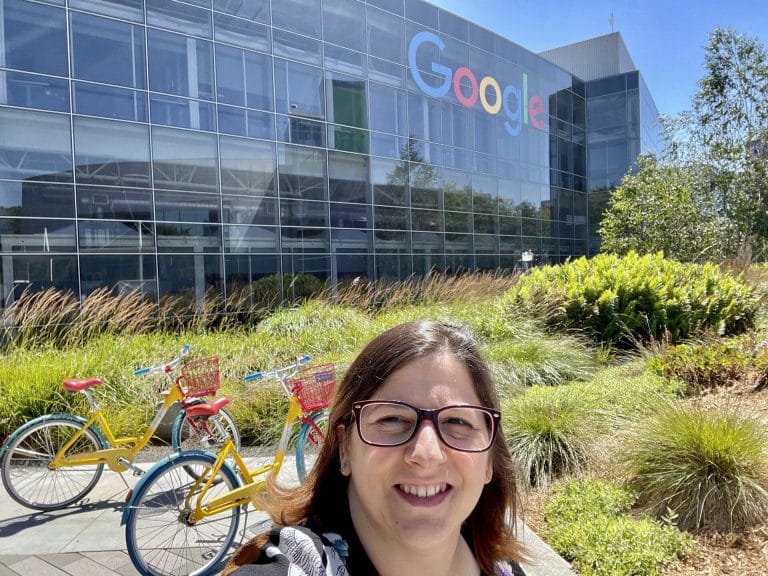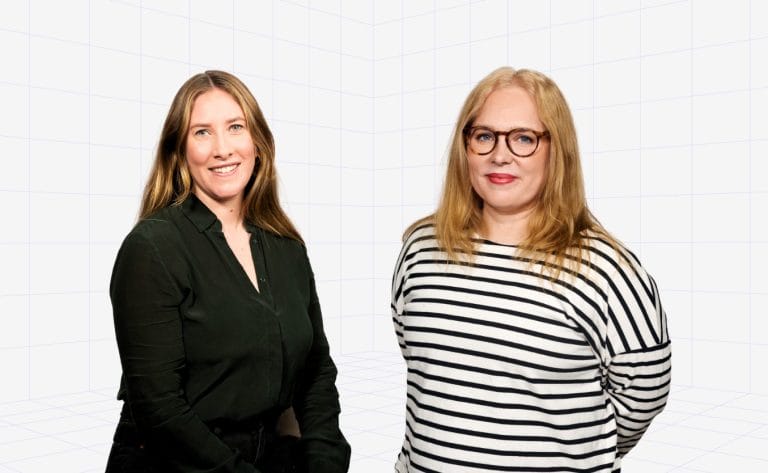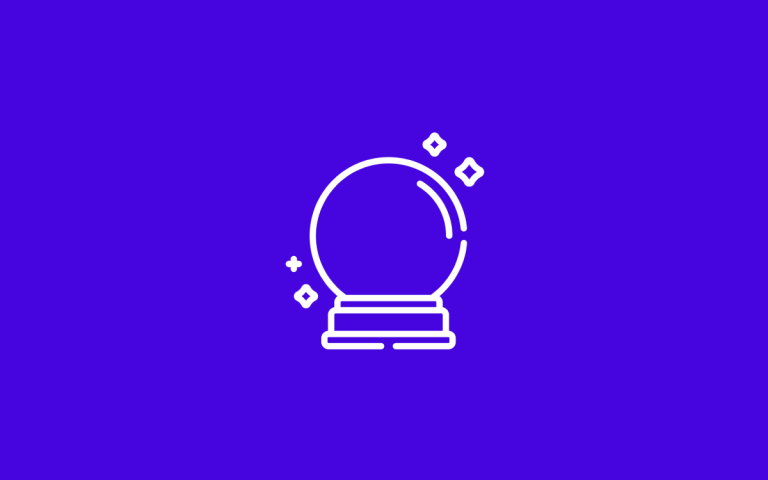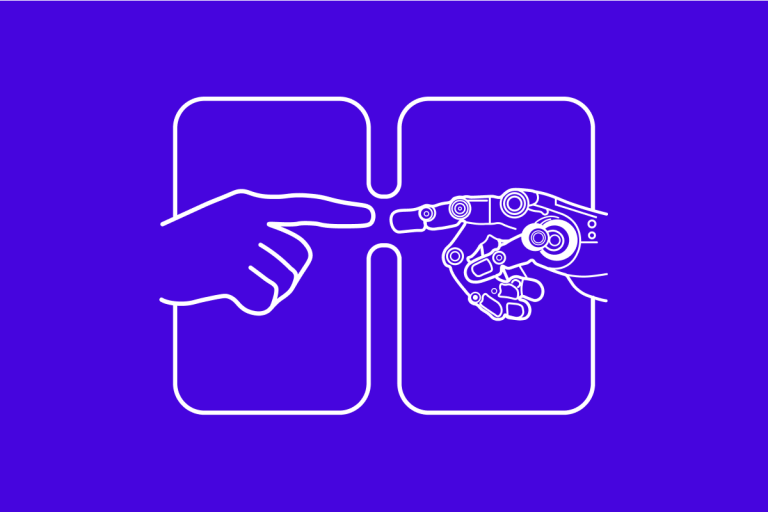
Design
Humanity in digital design - Design trends in 2024
Shareef Askar & Jenny Järvinen
Digital trends in 2024 have been discussed from many angles in the media, but we wanted to take a look at the trends through Hion’s purpose: seeking to create a measurable positive impact on our employees’ life, our clients’ business, the society and the environment around us.
We understand that as Hion, we need to seek to anticipate future trends and disruptions, aiming to remain resilient in a rapidly changing landscape. We see that in times of economic uncertainty, the forecast for the future and what counts as a good way to go forward gets cloudy. When the purse strings are tight, pricing and tangible value may trump experience and business design. Customer service is radically changing from “nice-to-haves” to clearly defining and developing the “must-haves” and the core of the business. But on the other hand, it is crucial to remember as designers, and on the other hand as our customers, that developing the service experience is an important investment for the next growth cycle, which will come sooner than later.
At Hion, we believe that maintaining a humane approach to design is fundamental to the trends emerging from 2024 and beyond, especially as the future of design becomes increasingly intertwined with artificial intelligence. Connecting and finding the perfect synergy between generative AI and human intuition, is where innovation and creativity thrive hand in hand.
Neuro-design
It is said that neuro-design is rising in the design field. This may be partly because the understanding of neuro-diversity and its commonality is expanding and overall ”noise” around us is getting almost unbearable. Combining design thinking, digital engineering and neuro-science (including the understanding of behavioral science, neuroscience, social psychology etc.), we create neuro-design. One way to address neuro-design is to bring another “trend of 2024”, immersive experience across touchpoints. These immersive experiences engage multiple senses, create emotional connections, and drive lasting memories and are far more powerful compared to one-dimension design and experiences. In terms of predicting user experience, neuro design leverages insights from mind science to empower creatives and brand specialists. It predicts how audiences will emotionally respond to design elements like colors, typography, and layout, influencing decisions that impact click-through and conversion rates. Neuro design helps answer key questions: Will a color evoke a positive response? Does an image inspire trust? Where should a call to action be placed for maximum impact? etc.
The rise of ethical design
A way to define the core of the service that we are designing, we also think about who the service is not designed for, so who do we exclude from the design process and accessibility. This approach allows us to crystallize the essential needs of our core users more clearly.
Something that is more and more relevant is ethical design and its different aspects. Ethical design is the cornerstone for building a future that’s inclusive, sustainable, and empowers individuals. You can read more about our sustainability competencies and knowledge here. Ethical design is something that goes beyond functionality and acknowledges the broader societal impact of design choices and is actively shaping technology for good, which is one of the core values of Hion.
UX/UI in flux
The year ahead has a lot to offer when it comes to UX/UI design and AI is in the inner circle of these trends. The vast opportunities AI offers to designers is changing our work rapidly, and this is one of the reasons why Hion has decided to focus on creating and evaluating different AI tools to help us design the best solutions to our customers, in the most efficient and knowledgeable way.
In the recent years, there has been a noticeable elevation in the significance of UI/UX design. Various factors are contributing to this shift, including advancements in digital technology, an increased focus on user-centered design methodologies, and the introduction of new technologies. As a result, it is imperative for designers to maintain a high level of proficiency in their field. This means maintaining constant awareness of industry developments and trends to create user interfaces that are aesthetically pleasing, practical, and technologically advanced. To achieve this, designers must engage in continuous learning and be receptive to new trends. The ultimate objective is to meet user needs in an efficient and innovative manner.
The environment
Environmental issues are important to all of us, and this is reflected in our design. We are moving towards more sustainable design. This means considering how to reduce energy consumption and carbon footprint and making design decisions that are good for both the planet and its inhabitants. In our design decisions, we constantly try to calculate the impact for individuals, communities, and the environment. We are developing our metrics in 2024, as we are calculating our emissions for the first time this year. Next year, we aim to report on these more accurately, and develop the software side of our emissions calculation.
Sustainability is not a trend; it is our collective responsibility to address environmental challenges, do our part in maintaining the habitability of our planet, and unite in our efforts towards a sustainable future. For instance, dark mode interfaces have been forming a wide popularity amongst users promoting interfaces that are friendlier to both eyes and the planet. This prompts us to reconsider our design processes by prioritizing dark-mode-first alongside mobile-first design decision making. Furthermore, this challenges us to examine the impact of our design choices; how do we create the most effective user paths to avoid unnecessary page loads, how do we utilize imagery in a way that’s not wasteful, and how do we reduce the overall energy consumption for the user.
Inclusivity is the key
In 2024, our design work must wholeheartedly embrace inclusivity. Our aim is to create products and experiences designed for everyone, regardless of background or needs. Inclusive design has emerged as one of the most popular topics in product design, with its importance becoming increasingly emphasized considering the significance of accessibility.
The figure below represents three levels of inclusive design.
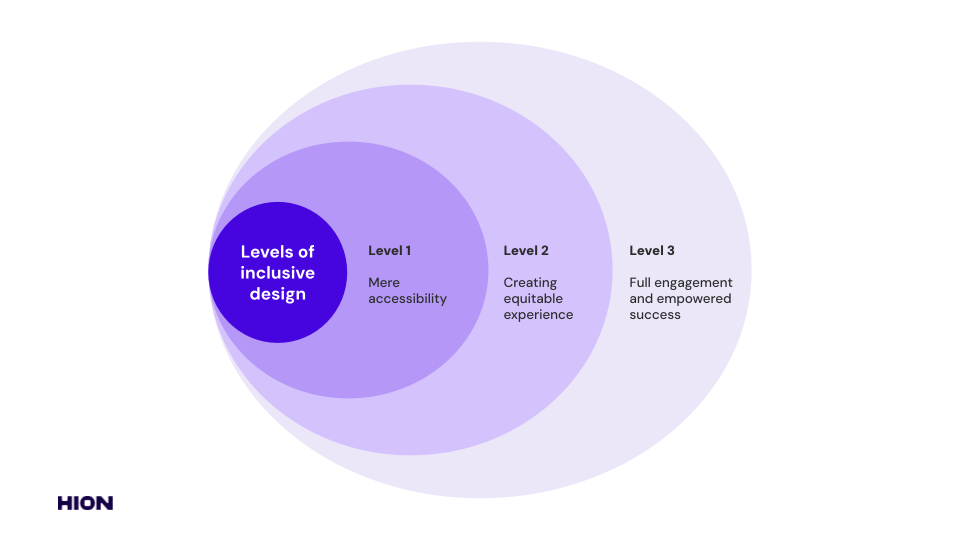
Figure adapted from the IDM article
Mere accessibility forms the foundation, but as we expand our perspective, we realize that creating equitable experiences leads us to design more engaging and empowering experiences. Inclusivity and accessibility are taking center stage in design as a new set of EU-wide accessibility requirements will come into full force in 2025, read more about it here. On the widest level of inclusivity, we may be able to engage and empower our end-users in such a way that brand loyalty and awareness get bigger.
In today’s landscape, the expectation is for user experiences that are
- ‘accessible’ to all, regardless of ability,
- ‘usable’ in a way that allows for effective and efficient goal realization,
- ‘equitable’ to reflect and respect the diverse needs and values of every individual and group, and
- ‘ethical’ to ensure the protection of individual rights and the avoidance of harm.
Read more about the levels of inclusive design from: IMD: Inclusive design: why it’s more than just a quick makeover
Lastly
Considering trends, UI/UX design is bringing a fresh wave of influences and aesthetics by reimagining the old in new innovative ways. Technology advances and user needs shift, constantly transforming the field. Trends such as deconstructed hero sections, vivid gradients, and UI inspired by glassmorphism add visual depth and interest that transitions us from a 2D world to 3D experiences. Meanwhile, on the other end of the spectrum, bold typography and brutalism that offers stripped-down aesthetics emphasize the focus on what is necessary. Innovation emerges through the adaptation and utilization of these trends, whilst prioritizing user-centric experiences, inclusive design practices that promote accessibility and environmentally sustainable approaches.
At Hion, we don’t just imagine the future, we design it. We believe innovation is most powerful when it serves humanity. That’s why we collaborate closely with our clients to craft solutions that are inclusive, meeting the needs of a diverse range of users. Sustainability is at the heart of our approach, ensuring our creations endure and contribute to a better world. By prioritizing user-centric design, we put people first, developing solutions that are intuitive, empowering, and enhance the human experience. Driven by this philosophy, we envision a future that embraces inclusivity and unleashes unparalleled possibilities for growth and advancement.
